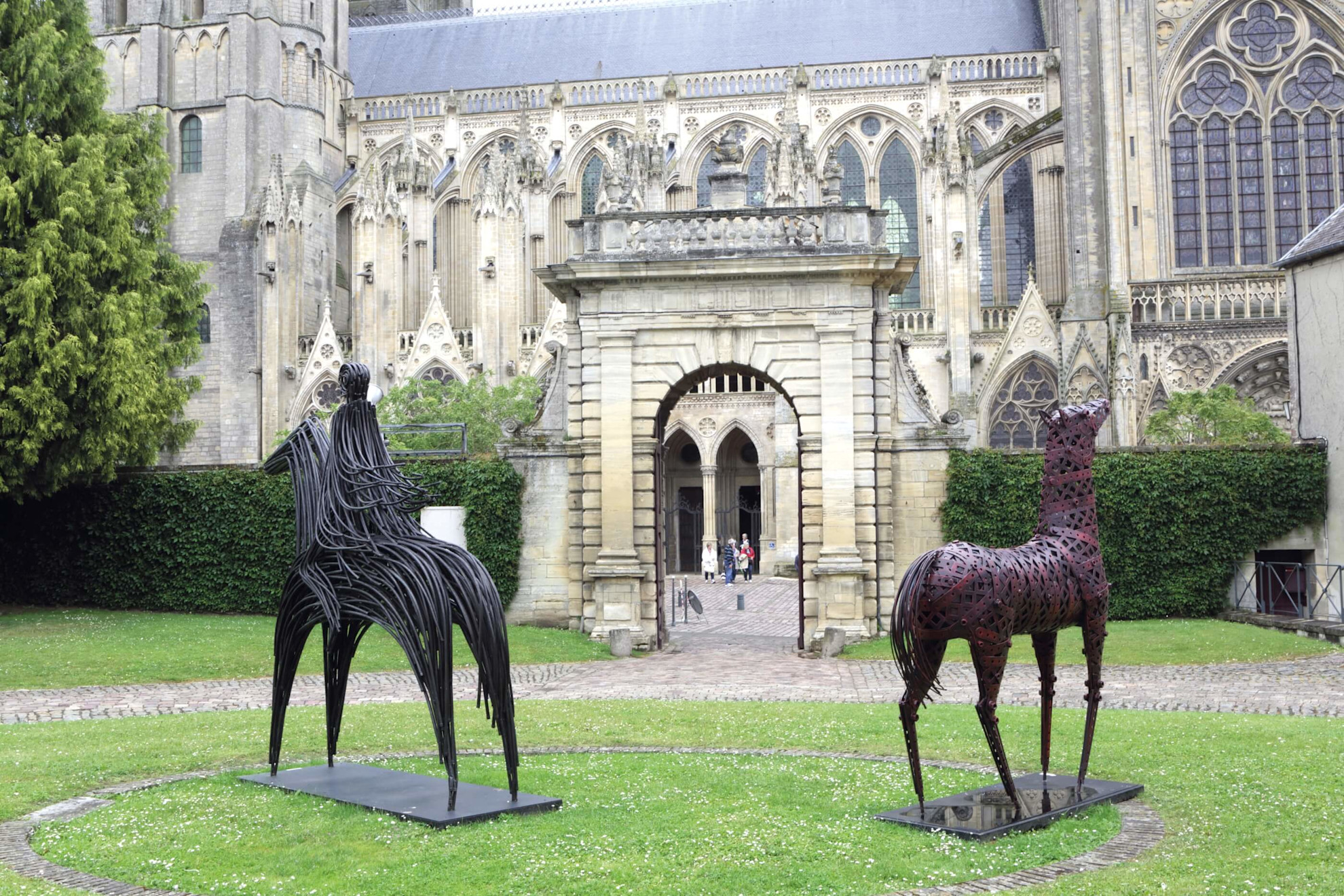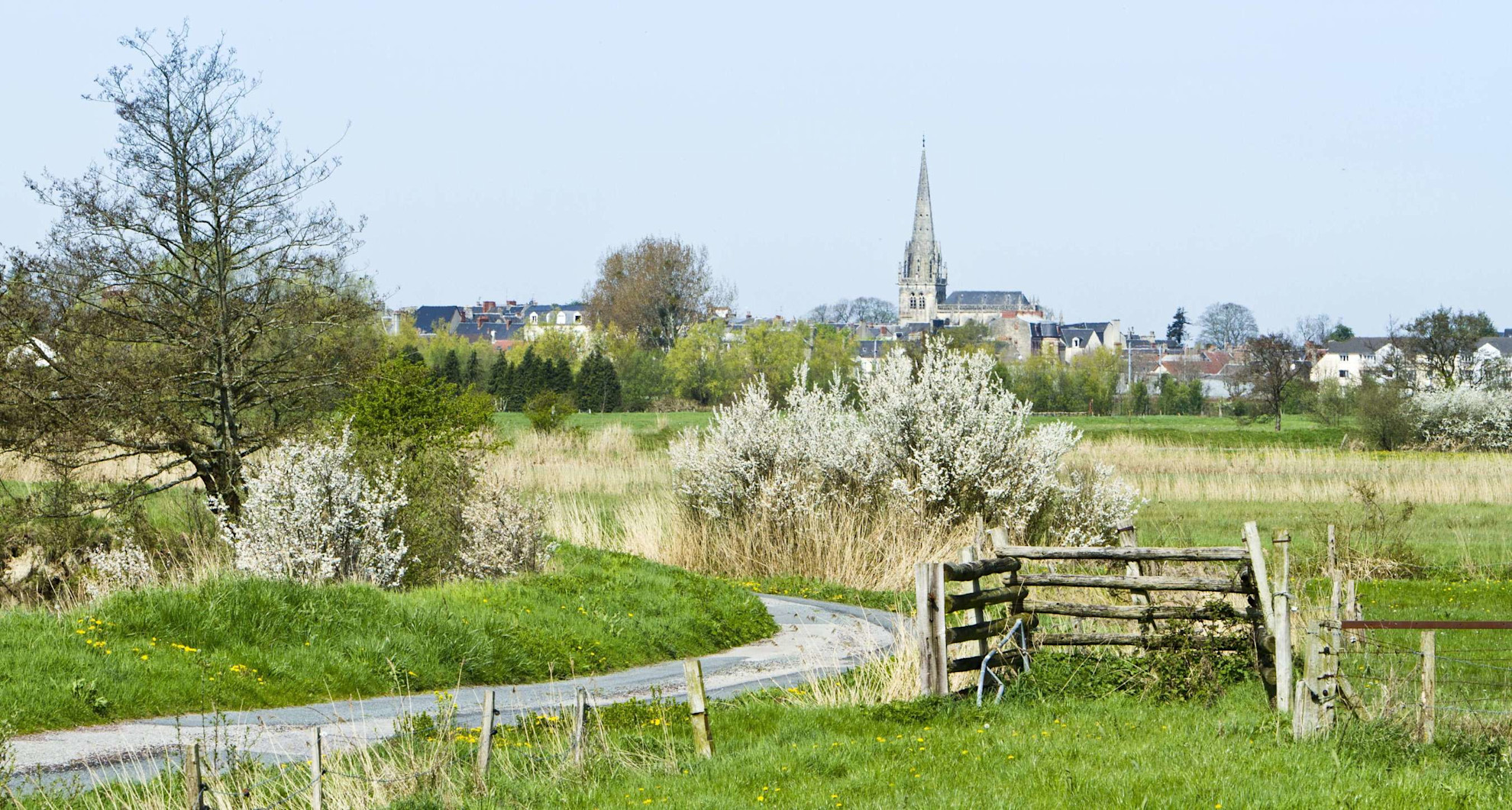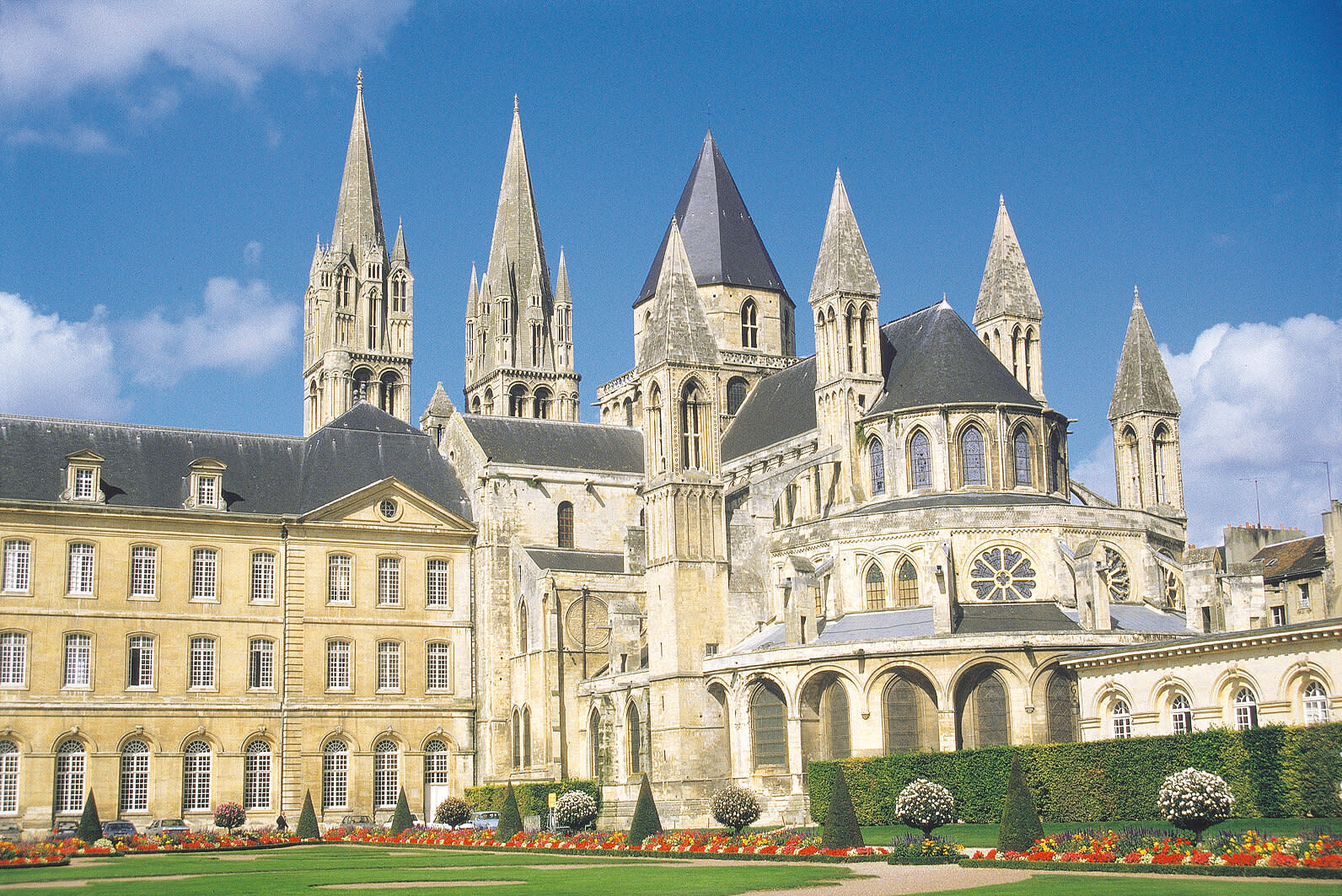DISCOVER D-DAY
WW2 CITIES

A view of Caen from its castle
WW2 cities in Normandy to visit
When the D-Day invasion forces landed on the Normandy coast, France was completely overrun by German forces. Landing at the five D-Day beaches along a large section of the Normandy coastline, the troops fought their way inland across the difficult Norman bocage. The landing forces and accompanying paratroopers had several key objectives to fill including the capture of several important towns and cities. Below are some of the most important places fought over in those first few weeks and months of the Normandy Campaign.
Carentan, Bayeux, Caen, and Cherbourg were some of the first cities captured in order to join up the landing forces in a united front line. Fierce fighting on the ground, and devastating air and naval strikes, caused incredible amounts of damage in these cities. As the invasion progressed, the port of Le Havre was deemed of strategic importance to improve the Allied supply system but the intense bombing campaign that forced the German surrender here also destroyed large parts of the city and its harbour.
Travel to these cities today and see how they have recovered from the ravages of war. Visit their WW2 monuments, cemeteries and historic sites where the war has still left its mark and remember the important events that happened here.
Key cities in the Battle of Normandy
Bayeux
Bayeux Cathedral
Bayeux in Normandy is a beautiful medieval city, brimming with history, and is the home of the famous Bayeux Tapestry. One of the main reasons visitors come to Bayeux is often the Bayeux Tapestry, showcasing the victory of William the Conqueror at the Battle of Hastings in 1066, but the city has far more to offer. The Bayeux Cathedral, (Cathédrale Notre Dame de Bayeux) is an incredible work of architecture whose lace-like spires tower above the city. The medieval part of the city is full of half-timber houses spread along narrow cobbled streets and it is best discovered by taking a walk beside the canals with their pretty water mills.
Cherbourg
A view of the Cherbourg harbour
Cherbourg, in Normandy, is a port town with a seafaring history that is second to none. One of the first places that the Titanic visited on its fateful journey and quickly liberated from the Nazis after the Normandy Landings, Cherbourg has a rich and often tragic past. Both events are marked in outstanding museums in the city, with a brilliant Titanic exhibition in the famous Cité de la Mer ('City of the Sea'), which is also home to the incredible Le Redoutable, the world's largest submarine open to visitors, and the Musée de la Libération ('Liberation Museum') inside the 19th century Fort du Roule that crowns the summit of the Montagne du Roule.
Carentan
A view from the countryside over Carentan
Carentan is a quaint town surrounded by vast wetlands and marshes teeming with wildlife - but it is most famous as the site of the Battle of Carentan during the Battle of Normandy in WW2.
WW2 had a huge effect on this area as it was situated between Utah Beach and Omaha Beach of the D-Day landings. Unsurprisingly, Carentan was one of the first objectives for the Allied forces and the 101st Airborne Division was assigned the task of its capture so that the US forces landing at the beaches could link up. Although American troops arrived at Carentan on the 9th of June, it took several days of fierce fighting before the Germans were fully pushed out of the area on the 15th.
Caen
The Abbaye aux Hommes in Caen
Caen, in Normandy, is one of the oldest university towns in France. Bustling with activity, it is a vibrant and attractive city on the River Orne. Brimming with exquisite art and fashion boutiques alongside superb markets selling fine wines and fresh produce, Caen provides an indulgent shopping experience. The rich tastes of Normandy can be experienced not only in the dairy and seafood dishes served in Caen's excellent restaurants, but also at the street side crêperies and pátisseries.
Le Havre
A view of the beach at Le Havre
After serious devastation during the WW2 bombings, Le Havre has risen phoenix-like from the ashes to become a recognised UNESCO World Heritage Site for its post-war architecture.
Used as a war port during the 17th century, Le Havre became a trade port in the 18th century and was a popular choice for those emigrating to America in the 19th century. The city became known for its trade in coffee and cotton, and semi-traditionally roasted coffee with the label 'Made in Le Havre' can still be bought in the city's shops today. However, in recent history, Le Havre is most known for the devastation wreaked by the events of WW2.


Plan your D-Day trip
Let us take you straight into the heart of Normandy with our popular sailings from Portsmouth and Poole. And, book a ferry-inclusive holiday or break with us to get your travel and accommodation sorted in one go!









